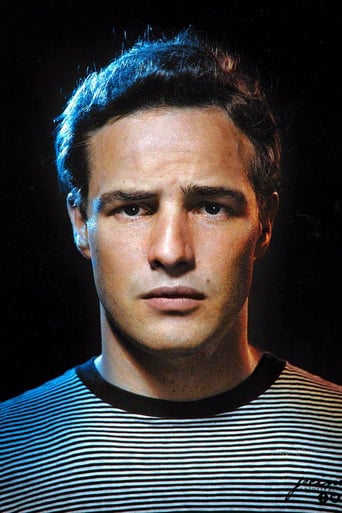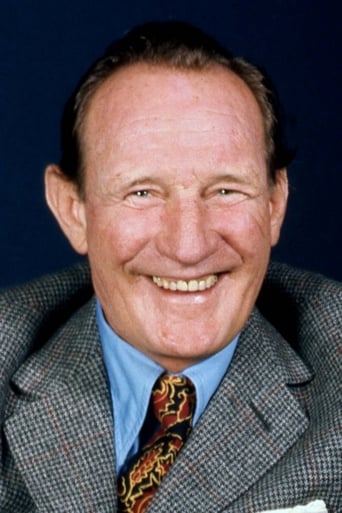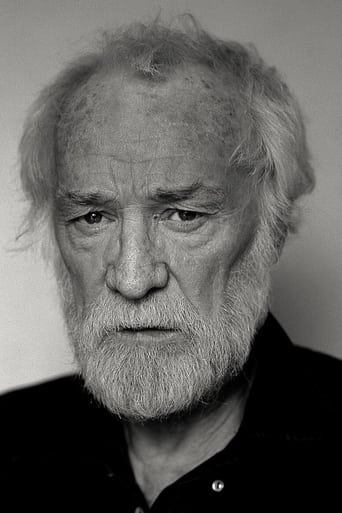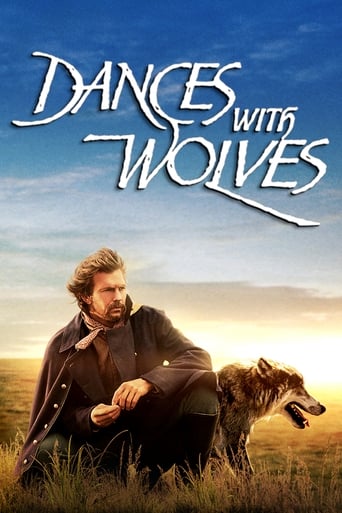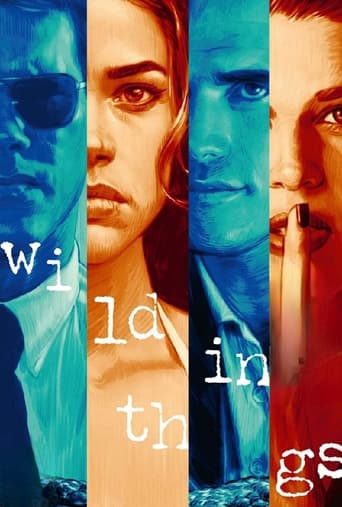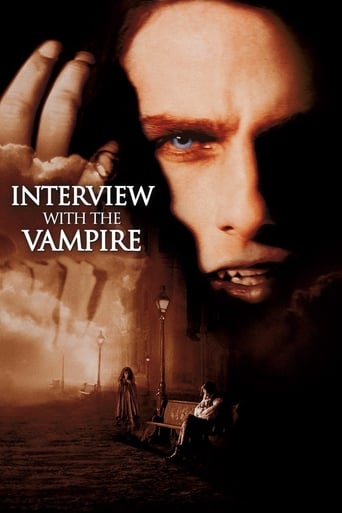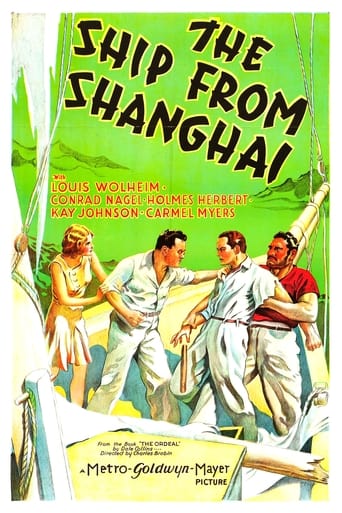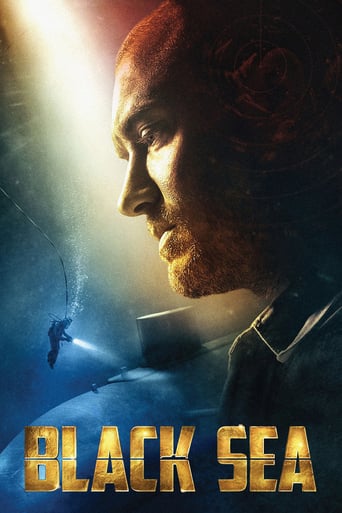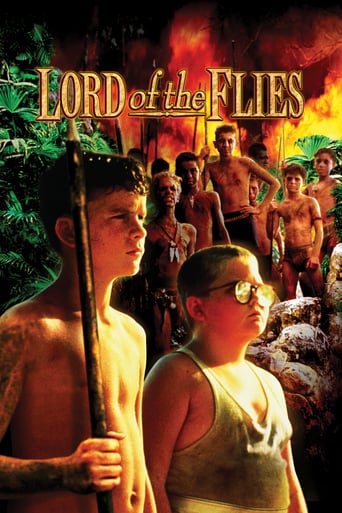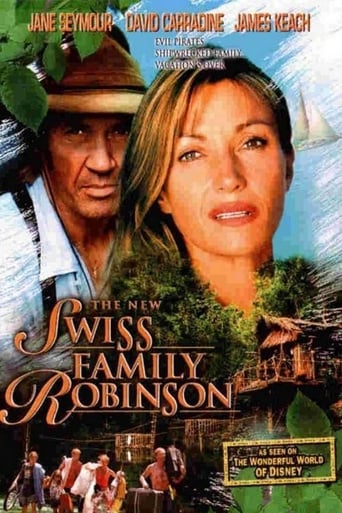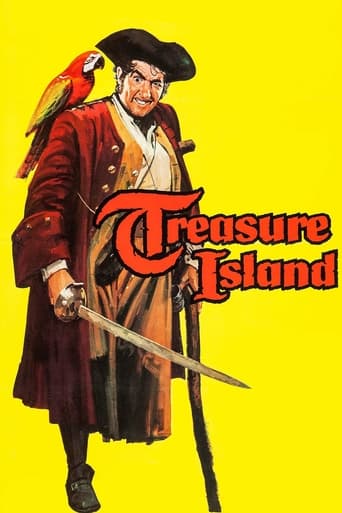Mutiny on the Bounty (1962)
The Bounty leaves Portsmouth in 1787. Its destination: to sail to Tahiti and load bread-fruit. Captain Bligh will do anything to get there as fast as possible, using any means to keep up a strict discipline. When they arrive at Tahiti, it is like a paradise for the crew, something completely different than the living hell aboard the ship. On the way back to England, officer Fletcher Christian becomes the leader of a mutiny.
Watch Trailer
Cast


Similar titles
Reviews
The story-telling is good with flashbacks.The film is both funny and heartbreaking. You smile in a scene and get a soulcrushing revelation in the next.
The movie's neither hopeful in contrived ways, nor hopeless in different contrived ways. Somehow it manages to be wonderful
This film is so real. It treats its characters with so much care and sensitivity.
This is a dark and sometimes deeply uncomfortable drama
27 years after the classic precursor, a new "Mutiny of the Bounty" movie was to be directed by the same MGM studio, becoming one of the most expensive movies of its time if you consider the budget it took to a/ build a size-by-size replica of the iconic ship (and even a smaller one for some particular shots), b/ shoot the film in Tahiti, in the very spot where the ship set ashore less than two centuries earlier, and c/ get Marlon Brando to play Fletcher Christian. It was this casting that undermined the film's release and reception, which makes "Mutiny of the Bounty" an authentic case of failure that shouldn't have happened.This is a film that benefited from the long experience of director Lewis Milestone who made the groundbreaking "All Quiet on the Western Front", it benefited from Trevor Howard who as Captain Bligh, though older than his character, managed to make him tough, rough and far above the cartoon-version (though enjoyable) Charles Laughton played in 1935. The film also had the Technicolor visuals, the extras who looked like real seamen, the flogging where you could "feel" the red stains on the backbones, the Tahitian extras, everything exuded a hint of authenticity, immediately ruined whenever Brando started talking. I'm a fan of Brando, "The Godfather" is my all-time favorite movie and "Bounty" was my first Brando movie but God, I never realized how an actor could be unfit for a role, vocally and visually, until I saw this film again, as an adult.The problem comes right from the start when we're introduced to his Christian, he's dressed like a dandy, coming with two women and an irritatingly snobbish printed on his face. This debonair and seductive attitude worked perfectly in his later film "The Ugly American" but in "Mutiny on the Bounty", it was the most puzzling angle because it made Christian the least likely man to care for Bligh's tyrannical tantrums. So, it has less to do with Brando's acting talent than the characterization, something just rings false or doesn't allow a transition to the plot-structuring antagonism to be believable. It is very unfortunate because for the most part of the film, the performances of the other actors, with a honorable mention to Richard Harris, do justice to the story.The film isn't less iconic for all that, like a good wine; it aged fairly well. As the plot advances, even Brando seems more at ease in Christian's shoes and one can see he's not acting at all when Tarita has this luscious, magnificent hip dance to seduce him (we know reality joined fiction in that particular chapter of his life). While the Tahiti part was the weakest point of the 1935 film, in 1962, at a time where audiences were mature enough to enjoy some nudity and sexual innuendo, there was no need to cover the fact that the seamen had more than enjoyed their little trip, giving more attenuating circumstances to their mutiny, another pivotal plot point that felt forced in the first film, where Bligh was portrayed as a one-dimensional villain.After the mutiny, the two movies diverge dramatically. In the first, we have to admire Bligh's feat that consisted on taking 18 men to the Island of Timor 3600 miles away, Bligh defeated the odds and accomplished a naval exploit, to earn the admiration of any sailor, and that elevated Laughton above his "bad guy" status. Unfortunately, Bligh remains clean-shaven the whole film, and an ill-thought ellipse shows him directly stating his case in front of a court and being given a sermon he didn't get in real life. Bligh deserved a bit better. But I guess the point was to show the aftermath of the mutiny, in a less romantic tone than the first film. This one has a darker ending for Christian and foresees the tragic fate of the mutineers. A prologue and epilogue were shot to make it more explicit but didn't end up in the actual footage.Not the wisest choice because the film wasn't too long so it couldn't afford fifteen minutes more (the film is everything but a bore) and knowing that the lack of leadership lead these men to their death (only letting their descendants to live a peaceful life in Pitcairn Islands) gives a credit to the theories stated by Bligh about men needing rules and rulers. And I think any good "Bounty" story should be able to give the credit Bligh deserves, Bligh who seems far from the villainous and cruel depiction his legacy has been tarnished with, but not far enough. The film still seems entrapped in some mission to make a hero out of Fletcher Christian, which wasn't too difficult for Gable (although he never really risked his neck in the film) but it was too much asking for Brando.A quick look on the trivia page would have the most afflicting effect, everyone complained about Brando's behavior, the director didn't even shoot the last scenes, Richard Harris who admired Brando wanted to talk to a log rather than him in his final confrontation etc. Point is everyone complained about Brando's diva behavior, only equaled by Elizabeth Taylor's Prima Donna caprices in "Cleopatra". "Mutiny on the Bounty" was nominated for seven Oscars, including Best Picture, and was one of the highest-grossing movies of the year, but it was a commercial failure that marked the beginning of the end for the studio system, the end of Milestone's career and the fading of Brando's stardom, until his come-back in "The Godfather". Quite an irony for a movie that is still enjoyable in its own right.This is one of these school-cases when a bad casting ruins a film, as if Brando was the real-life Bligh on the set. After watching the film, I'm not surprised that a third version of the story needed to be made, twenty years later.
This film is underrated because most people would talk about the production, which is undoubtedly spectacular, and not the story. Fletcher remains a forgotten hero even if his story has reached our times. His sacrifice is obscured by the exotic scenery and the rivalries aboard (and on land). His exceptional character is drown by pettiness and ingratitude that are so common in our world and so terribly understated. This 1962 film is far better than the 30s one with the same title because it makes no compromises on the cruel fate of a character with the goodness and nobility of Fletcher: he is completely alone in his love and mercy for others even if they don't deserve it, even if they are responsible for his death. That is how people repay goodness. Sadly there are so few films with that theme.
From the bleakness of the Charles Laughton/Clark Gable effort to Trevor Howard and Marlon Brando, this is a terrific story. Of course, there is documentation that affirms the the events that took place on board the Bounty, the cruelty of Capt. Bligh, and the ultimate despair of the crew. Brando gives us a solid performance as Fletcher Christian exuding a sort of elegance and power at the same time. Initially, he knows his place but soon begins to suspect that Bligh is way out of bounds. The problem is that the British Navy isn't too happy with its sailors turning on a Captain. Trevor Howard senses disrespect on the part of his men and he is ruthless in his treatment. The men end up in Tahiti and when they return, it just is not the same. Soon they must meet king and country.
The three versions of The Bounty story are 1.) The 1935 black & white version with Clark Gable; 2.) The 1962 Marlon Brando version; and 3.) The 1984 one with Mel Gibson simply titled "The Bounty." THE STORY (***SPOILER***): The mutiny story is TRUE. William Bligh was sent on a mission in 1787 to pick up breadfruit plants from Tahiti and bring them back to England. He intended to circumnavigate the globe, but unfortunately failed to make it around Cape Horn, South America, and had to take the long way around Africa. It thus took them 10 months to reach Tahiti, where they were forced to stay another five months due to the breadfruit's "dormant" period. The natives were friendly and the women beautiful. With the exception of Bligh, the crew fell under the spell of the Polynesian paradise. Christian even married the king's daughter, Maimiti. But after five months they needed to complete their mission and return to England. Three and a half weeks later Fletcher took over the ship with 18 other muntineers. Christian set Bligh and 18 loyalists adrift in the ship's launch. He then returned to Tahiti where he dropped off 16 men, but picked up 6 Tahitian men and 11 women. Christian then set forth with 8 other mutineers and the Tahitians to elude the Royal Navy, ultimately settling on Pitcairn Island, which was well off the beaten path and misplaced on Royal charts, a fine hiding place (***END SPOILER***).Mel Gibson's version is the most accurate, but Brando's is the most epic, as well as the most compelling despite its 3-hour length. The 1935 black & white version is disappointing. It's a fine film for its day, but it'll likely seem dated and fabricated to modern viewers. Nitpickers grumble about historical inaccuracies, but the entire gist of the story is accurate: Fletcher was born to an aristocratic family who were losing their wealth (why do you think he takes the mission?); two cheeses did come up missing and Bligh was the culprit who unjustly blamed others; they did fail to sail around Cape Horn after only going 85 miles in a month; they did spend five months on Tahiti and Fletcher did fall for Maimiti; after the mutiny Fletcher and his crew did end up stranded on Pitcairn where they set The Bounty ablaze; and Christian did die on the island, although in real life he lived for another three and a half years before being killed by one of the Tahitian men in a conflict that broke out.However, Christian was only 23 years old when the mission started, whereas Brando was about 37; Bligh knew Fletcher and actually sailed with him twice before, whereas the film shows Bligh meeting Christian for the first time; the mutiny itself took place at night not in the daytime over a ladle of water; and, lastly, Fletcher didn't die due to wounds received from his burning ship.WHAT WORKS: Brando as Christian is captivating, and Trevor Howard as Bligh. The viewer observes their relationship get worse over the course of the story culminating in the mutiny. Although Bligh is depicted as an authoritarian, one gets the picture that he did what he did mostly to fulfill his mission. Fletcher points out that the Admiralty would likely consider Bligh's actions justifiable.Bligh obviously had some character flaws and became known in the fleet as "that Bounty bast@#d." In fact, he later suffered ANOTHER mutiny in New South Wales, Australia! Although a brilliant seaman, he was by all accounts an unlikable bastage. His arrogant, abusive nature destroyed loyalty and drove people from him. Still, I respect the fact that the film doesn't depict him as a villain dripping with evil, like the 1935 version.Not long after the mutiny Bligh and his loyalists sit in the launch trying to figure out what to do. Bligh decides to sail to Timor, which was 3600 miles away, rather than strand themselves on some uncivilized island. Bligh's mad decision is driven by his desire for revenge. When some of the loyalists object he picks up a sword and states, "It would be a mistake to assume that I am no longer in command here." Bligh succeeded in taking the launch to Timor despite having no charts or a compass! It took them 47 days to sail 3618 miles with few provisions on an overcrowded craft. Although they all survived, five died in the ensuing weeks. The film unfortunately doesn't depict this incredible journey. Gibson's version does, however.This 1962 version also depicts Christian's depression after the mutiny. He locks himself up in his cabin while the rest of the crew celebrates on the mainland. He knows he can never go home again. This is a great scene. Maimiti visits him in his cabin but can't shake him out of his depression; she says: "You either eat life or life eats you!" Another positive aspect is that the picture reveals what life promised the mutineers on Pitcairn; neither the '35 or '84 versions do this.WHAT DOESN'T WORK: Parts of the initial 10-minute dock sequence are stagy and dated. The other problem, as already noted, is that Bligh's brilliant trip to Timor in the launch is not depicted. FINAL ANALYSIS: Despite the few inaccuracies, Brando's version is the most engaging version of the famous mutiny and is one of my all-time favorite films. It never fails to capture my full attention when I view it. This is a sign of a great film (yes, despite the fact that it inexplicably bombed when it was released). Gibson's 1984 "The Bounty" is a worthy rendition as well; it's historically accurate but not as compelling. I recommend watching both films back to back.GRADE: A+





